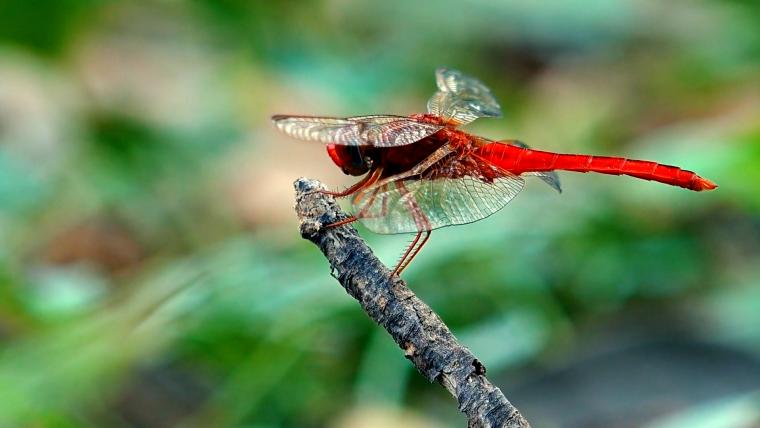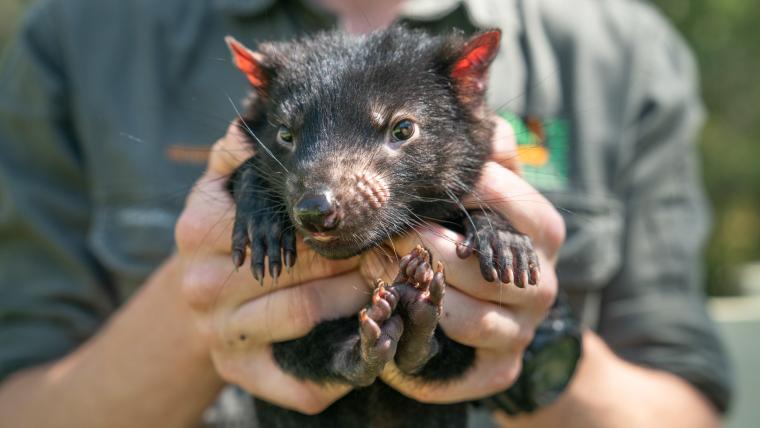
Why the health of freshwater ecosystems rests on dragonflies
Dragonflies are synonymous with freshwater. With over 5 000 species, they are among the most varied insects in the world. Their presence is pivotal as they are an indicator of a thriving and healthy ecosystem. But now, their habitat is facing an unusual threat – salt.
These airborne insects spend the majority of their life underwater as they develop. A dragonfly nymph may live beneath the surface for up to five years, preying on small fish, tadpoles, and mosquito larvae. In the final phase of their metamorphosis, they shed their exoskeleton and transform into colourful flying predators. At this stage of their lifecycle, they only live for a few months, during which they continue to sate their appetite and consume hundreds of bugs a day.
In Canada, over 100 dragonfly species regulate the ecosystem. However, they are threatened by salinisation. During the winter season, salt is used to de-ice roads. Research shows that the salt leaks into water and compromises the immunity of dragonfly larvae. Chronic exposure to salinised ecosystems can impair their capacity to fight infection and lead to a loss of appetite. As a result, mosquito larvae flourish, causing an imbalance in the ecology. Protecting the stability of water bodies is crucial to the health of dragonflies. It starts with finding alternatives to the resources we depend on and keeping their habitats fresh.






























Please sign in to leave a comment